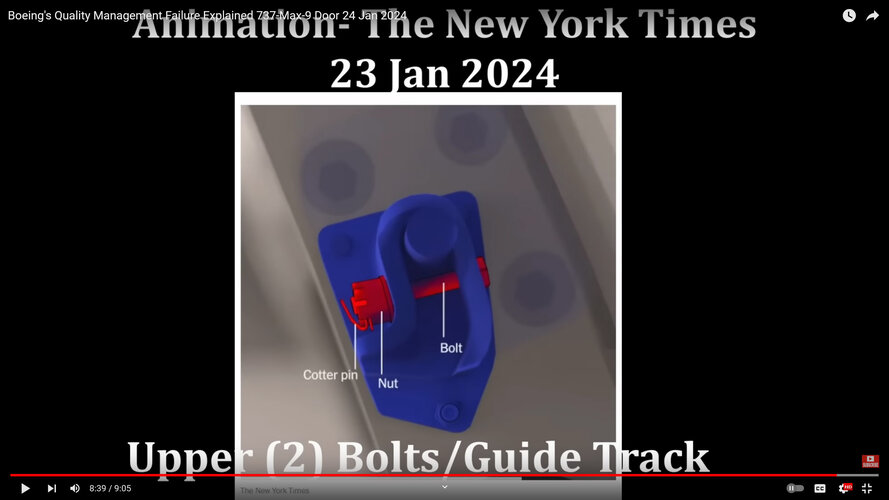Unfortunately, unless Boeing takes the fuselage work back in-house, I do not see any of these measures having more than a short-term effect at best.Boeing have announced they will be doing more QA checks on both their own and Spirits work with a Boeing team to be based at Wichita, they are bringing in a 3rd party to provide independent assessment of their Quality testing practises and airline customers will now be allowed to do spot inspections of its factories.
The whole point of corporate outsourcing is to cut costs while shifting responsibility for the cost-cutting methods adopted. To generate the outsized investor returns that Boeing management wanted, the company had to sharply reduce labor costs. That meant doing things that couldn't be done at Boeing proper--breaking union contracts and work rules, hiring less skilled workers, adopting workarounds that would look bad if adopted on Boeing's assembly lines, and accepting liability for the consequences up front. Outsourcing let Boeing management get what it wanted while convincing itself that it was avoiding the negatives. Boeing set the pricepoint it wanted for the work, and left Spirit to figure out how to meet the target and still make a profit of its own.
The incentive for--and necessity of--cutting corners in such a situation is obvious. By the time Spirit got the work, the selling price had already been set by the need to undercut Airbus. The cost of the airplane, as determined by labor and materials, was pretty much baked in by the design. The difference--the potential profit--had already been skimmed off by Boeing management.






